#302 postmarked July 31, 1967 Addressed D- Green & Co, Superior, WI
Monday 7:50 AM
Dear Helen, Penny, and Bert,
How good all of you sounded yesterday and how good to know things have been straightened out a little and the prospect of survival all around is good – everyone will be so busy the next 10 days you won’t know where the time goes. You are a trump, Helen, to rush to the rescue. I hope the visits with Gene and Mary Anne and the Comas1 are pleasant. There will probably be much feuding and fighting among the small fry. I’ve been trying to go over the visit when the little Coils2 would be at our house and I can think of not a single rough spot. I suppose because we didn’t try to do anything but just visit. If of course, when kids were big or we progressed a bit – anyways hope the cousins get along and like one another.
I’ve taken the bull by the horn and I’m ready to grab his tail any minute now. All summer I’ve dodged the living room curtains, but this minute they are soaking in Clorox in the sink. I have nothing special on tap for this week so surely by Saturday I can launder four pairs of curtains and wash four windows.
I rode along with Jeanette3 and went to Stephenville to vote on the troublesome drainage project – the bottom fields had all been replanted and the beans were about two inches high – since then there has been another gully washer south of here and all that is underwater again.
I was invited to go to Knox to a school home coming yesterday, but I know so few people up there now that I don’t like the distinction of being the oldest person present. I know I’m the oldest living graduate, but why advertise it?– the woman who called me said she’d come for me and she offered to pick me up after I’d eaten at home, but it still didn’t appeal to me. I think the class of 1942 sponsored the affair and that would be my first eighth grade class when I taught up there, but it still didn’t appeal to me.
I must get to those curtains. I’ve spent an hour on this letter. Of course I moved onions and chairs, etc. off the porch. I love all of you – M.N.H
[May Northcutt Hinkson]
I’ve been holding out on writing about my great-grandmother’s high school graduating class hoping that I might stumble across some small gem of a comment in her letters that I could hang a chapter on. This past week my patience paid off when I opened up the envelope postmarked July 31, 1967, and read the passage marked in bold in the letter above.
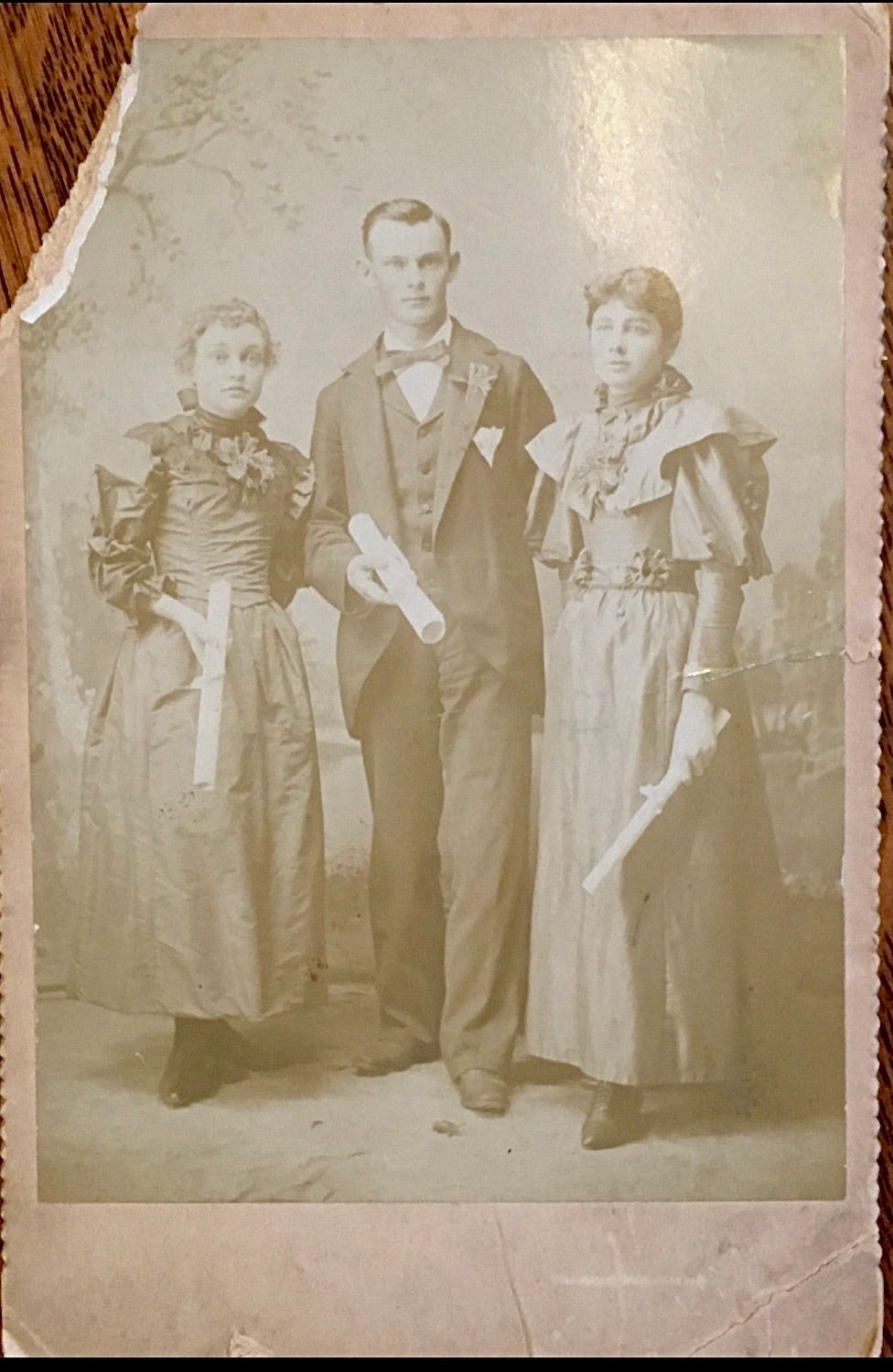
I’ve been in possession of this cabinet card seen above for longer than I can remember. I’m not sure when I acquired it. But it is one of the few original photos that I have of my great-grandmother May. The corner was damaged before it came into my possession. It is perhaps my favorite among the few “heritage photos” that I own. I love this descriptive term, that my cousin Marianne introduced me to.
What I love about this photo is that its composition tells a small story. It’s apparent that it’s a photo commemorating the graduation of three individuals. But who are the graduates beyond my great-grandmother that I recognize? And where have they graduated from?
As luck would have it my great-grandmother labeled this photo on the back, making it even more valuable to amateur family historians such as myself. In her handwriting, it says “Knox City High School Class of 95”, along with three names. It is a small treasure that leads to the rest of this story.
“Class of 95” refers to 1895, of course. That year May Emma Northcutt turned 15 and finished up the 8th year of her education. Back then primary school typically culminated at 8th grade with most individuals -if they had completed school- graduating around their 15th or 16th year. This photo was most likely taken in April when the small graduating class had its commencement celebration, as announced in this newspaper item:
The three names written on the back of the photo are “Zoa Dunlap, Tom O’Donnell, and May.” In my curiosity, I, of course, wanted to know more about May and her classmates, so I did some digging. It didn’t take long to find a few stories. But I was shocked and saddened by one of the stories that I found. Before I share this story, let me first introduce you to the small community in which these three graduates grew up.
Knox City, Missouri doesn’t make much of an impression when you’re driving through it along State Hwy 6. Like many small towns in northeast Missouri, the business community withered some forty years ago. Corporate farms had moved in and small businesses surrendered to the big-box/chain stores that were easily accessible through the interstate system. Today the community is not much more than six or seven dozen, primarily older homes and a downtown of mostly boarded-up storefronts, abandoned buildings, and cleared lots. The town has a post office, a small aging lumber company, one auto repair business, and two churches. And, that’s about it. You would never know, that just a little over a hundred years ago, this town was booming! In 1901, Knox City was home to 400+ in-town residents. It had a Main Street that was five blocks long with multiple grocery, dry goods, and general stores, two banks, two druggists, a livery, barbers, butchers, physicians, a hotel, restaurants, a newspaper, and even a few saloons. But in addition to a bustling business district, the town has something else that it prided itself on. Knox City was also known for its exceptional school system. It was one of the firsts in the county to build and support a large two-story schoolhouse.
The very first school in Knox City was built in 1876, three and half years after the town’s founding in 1872. Originally designed as a single-room schoolhouse, more classrooms were added in the early 1880s, expanding the building to two stories with four classrooms (two up and two down). This was the building that May Northcutt and her classmates attended from 1st to 8th grade. The school was a point of pride for the small community that was also known for its exceptional teachers.
May’s father, J.R. Northcutt, one of the town’s two doctors, served on the School Board and was very involved in the town’s civic administration. As one of the early School Board presidents, he helped hire some of the first principals and teachers. This ironically included his daughter May in 1899, after she had earned her teaching certificate from the Missouri State Normal School. May would only teach one year in the school that she herself had attended. In 1900, she took a teaching job in Moulton, Iowa in a newly established school system. The school was large and well-funded and provided her with an opportunity to teach biology. Something she had always had a keen interest in, being a physician’s daughter.
This first schoolhouse served the Knox City community well until 1912 when it was replaced by a more substantial brick building.
1895 was an eventful year for the very small town of Knox City for several reasons. The local Woman’s Christian Temperance Union (W.T.C.U) “opened an ice-cream parlor in Mr. Clement’s furniture store every Saturday evening, promptly at 8:00.” A photography parlor, Wrights & Meeks, opened up in town just in time for holiday photos. But by far the largest event for the town that year was Knox City’s hosting of the Fifth Annual Teachers Institute which was attended by nearly 200 educators from throughout the county.
Although May and her classmate Zoa Dunlap had already graduated by the time the week-long Institute kick-offed in August, they were tapped to provide an athletic demonstration that impressed several in attendance. This short commentary appeared as a part of a much longer front-page report about the Institute. I would surely love to know what May and Zoa’s calisthenics consisted of to attract such praise:
I imagine the two young friends performing some type of choreographed and partnered exercises that involved rings, ropes, or batons similar to the figures found below in Cassell’s Household Guide: The Complete Encyclopaedia of Domestic and Social Economy.

After graduation from Knox City High School, the three graduates each pursued higher education. Both Tom and May would attend the Missouri State Normal School in Kirksville to earn their teaching certificates. Both would go on to become school teachers. Tom O’Donnell only taught primary school for a few years before taking a job as a bank clerk in Edina. Later in life he would enter politics and be elected Mayor of Edina. May would also get a job teaching right out of school. For the next 57 years, she would continuously be involved in some form of youth education, whether as a school teacher, Sunday School instructor, PTA president, or college housemother. Zoa Dunlap would enroll at Western College in LaBelle, just six miles away from home, to also pursue a teaching certificate. But before she would graduate, she would choose to end her life tragically leaving the communities of both LaBelle and Knox City stunned and perplexed.
The news of May’s classmate and calisthenics partner’s suicide just two years after their high school graduation shocked the community of Knox City, who knew Zoa as a “bright girl with a flattering future.” Zoa had been in her second year at LaBelle’s Western College attending classes to earn a teaching certificate. She boarded during the week in LaBelle and frequently visited with her parents on the weekends at the family farm located just three miles outside of Knox City.
The cause for her suicide attempt was never fully reported. But a few newspaper articles speculated it may have been the result of the “mental strain due to overwork in her studies” or some “passion of despondency”. Regardless of the cause, the community was very shocked to learn about her chosen instrument of her undoing. Although Zoa would regain consciousness after swallowing poison, she apparently never fully revealed the cause of her deep despair.
Zoa’s choice to drink carbolic acid to end her life was common for suicides in the late 1800s, especially among women. Gunshots and death by hanging were the most popular choices among males. But among women, the choice was carbolic acid because it was “easy to obtain” and “generally at hand.” This article published in 1904 discusses the reasons that carbolic acid was a popular suicide method of choice. Foremost among its reasoning cited was vanity:
“With women particularity, the idea of shooting is abhorrent. They do not want to be disfigured after death - want a presentable corpse, so to speak.”
Carbolic acid was popular because it was a common household item that was promoted as a solution for everything from soothing mosquito bites to eliminating airborne contingents such as Scarlett Fever. Mixed as paste, it repelled destructive ants and cockroaches. Diluted in water and swabbed on cows, it kept flies away. As an additive in the garden, it kept fungus from growing, maggots away, and boring insects from ruining crops. These are just a sampling of the news items found in Lewis County, MO newspapers touting the miracle applications of carbolic acid.
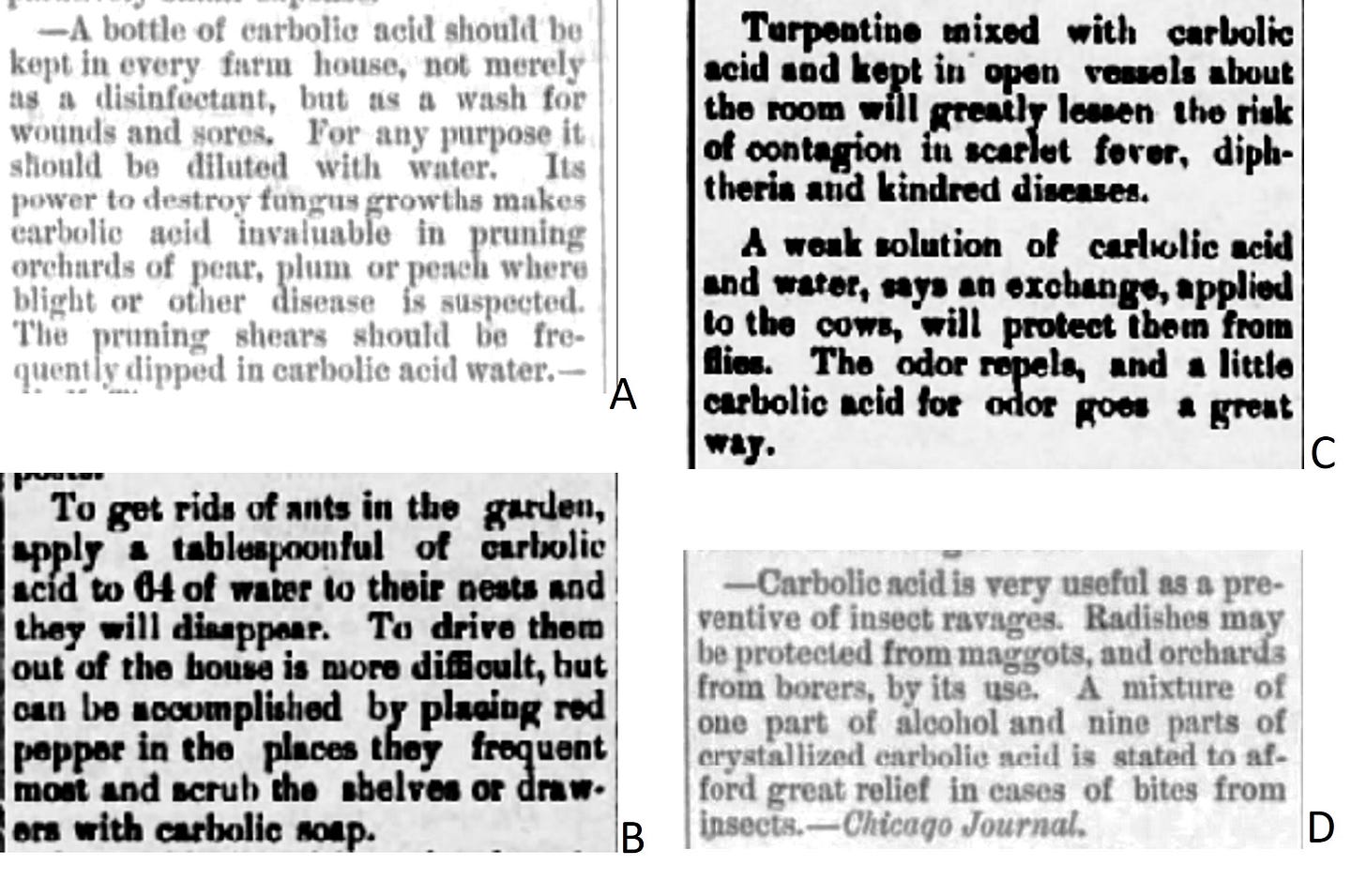
Suicide deaths, because of their rarity, were widely reported in the press whenever they happened. As one might expect, the story of Zoa’s suicide was reported throughout northeast Missouri and was even published on page 2 of the St. Louis Globe-Democrat. News of her death also spread quickly across every small-town paper in Kansas, Oklahoma, and Illinois. But in these papers, the notice was reduced to a single sentence in each paper’s Boiled Down News section. By then she had been elevated in her status from being a 17-year-old college student to a teacher in Edina:

No one took Zoa’s death harder than her mother. Less than seven months after Zoa’s death, Mrs. Hiram Dunlap attempted to end her own life by taking a combination of laudanum (a tincture containing opium) and antiphebrum powder (an early fever-reducing medication).
Fortunately for Mrs. Dunlap, Dr. J.R. Northcutt (May’s father and my 2x great-grandfather) was quickly called once she was discovered by her husband. Through the treatments he administered, she was able to recover and survive. I suspect that Dr. J.R. Northcutt had also been the attending doctor to Zoa during her final days as she succumbed to the effects of swallowing carbolic acid. Luckily Mrs. Dunlap had chosen a method that could be easily treated by induced vomiting. Zoa’s use of carbolic acid damaged her stomach and esophagus so extensively that there was no recovery from her method of suicide.
Unfortunately, the devastating loss of a daughter would not be the only tragedy that the Dunlap family would endure. In the fall of 1898, a mere 9 months after Mrs. Dunlap’s suicide attempt, the family would receive word that their oldest son Austin had died of a fever while attending military camp training in support of the Spanish-American War. Years later, WWI would take away another son, Earnest, who would pass away from illness in a hospital in France. Only the youngest son of the four Dunlap children would live beyond the age of 30. Mrs. Dunlap passed away in 1912. She was never the same after Zoa’s suicide.
“I think the class of 1942 sponsored the affair and that would be my first eighth grade class when I taught up there, but it still didn’t appeal to me.”
My great-grandmother May’s comment above in her letter about the Knox City reunion being planned by the Class of 1942, reminded me of an amazing phone call I had last fall (October 2024) with one of Knox City‘s oldest residents.
Larry Goodson, age 96, and his wife Doris, age 92, were both lifelong residents of Knox City. Larry had published a book on Knox City history that I wanted to purchase. Through a mutual contact, I obtained his phone number and gave him a call.
When Larry answered the phone, we had a pleasant conversation about my great-grandmother growing up in Knox and my family history. He was thrilled to send me a copy of his book and said “Let me put my wife Doris on the phone to get your address. She hears better than me.”
When Doris got on the phone, she also asked me about my Knox City connections. When I told her that May Hinkson was my great-grandmother, she surprised me with “Yes, I knew your great-grandmother. She was my eighth-grade teacher.” I was floored. It felt a bit surreal speaking with a woman who had my great-grandmother as a teacher, especially given that that was over eight decades ago. When May Hinkson taught Doris’s class in the 1940s, she was 62 years of age. Doris was twelve. My great-grandmother passed away 49 years ago at the age of 95, and here I was speaking to a woman who was also in her nineties who had been her student.
Our conversation wasn’t very long. Doris confessed her memory wasn’t what it used to be. But she did ask a question that really made me smile. “Was your mother one of the twins? I remember Mrs. Hinkson talking about and telling us about her twin granddaughters all the time.”
My mother was indeed one of the twins. In 1942, she and her sister were two years old and living in LaBelle with their newly widowed mother at their grandmother’s house. Their father had died when she and her twin sister were just 14 months old.
It was an amazing conversation with both Larry and Doris Goodson. Larry also shared with me that his younger brother Vernon had been delivered by “Doc Northcutt” in 1934. Dr. J.R. Northcutt would have been 81 years of age at the time of Vernon’s delivery. Once I received Larry’s book, I found a short bio of 2x great-grandfather that included the name and date of the last baby that he delivered. The year was 1942. Doc Northcutt was 88 years old. The child was a baby girl named Elma, born October 17, 1942.
Gene and Mary Ann D. were close family friends. Comas are cousins.
The Coils refer to the boy cousins of my grandmother Helen. Their parents were the Rev. James Coil and Virginia Ray Northcutt.
Jeanette McCraken was my May’s neighbor and a former classmate of my grandmother Helen.






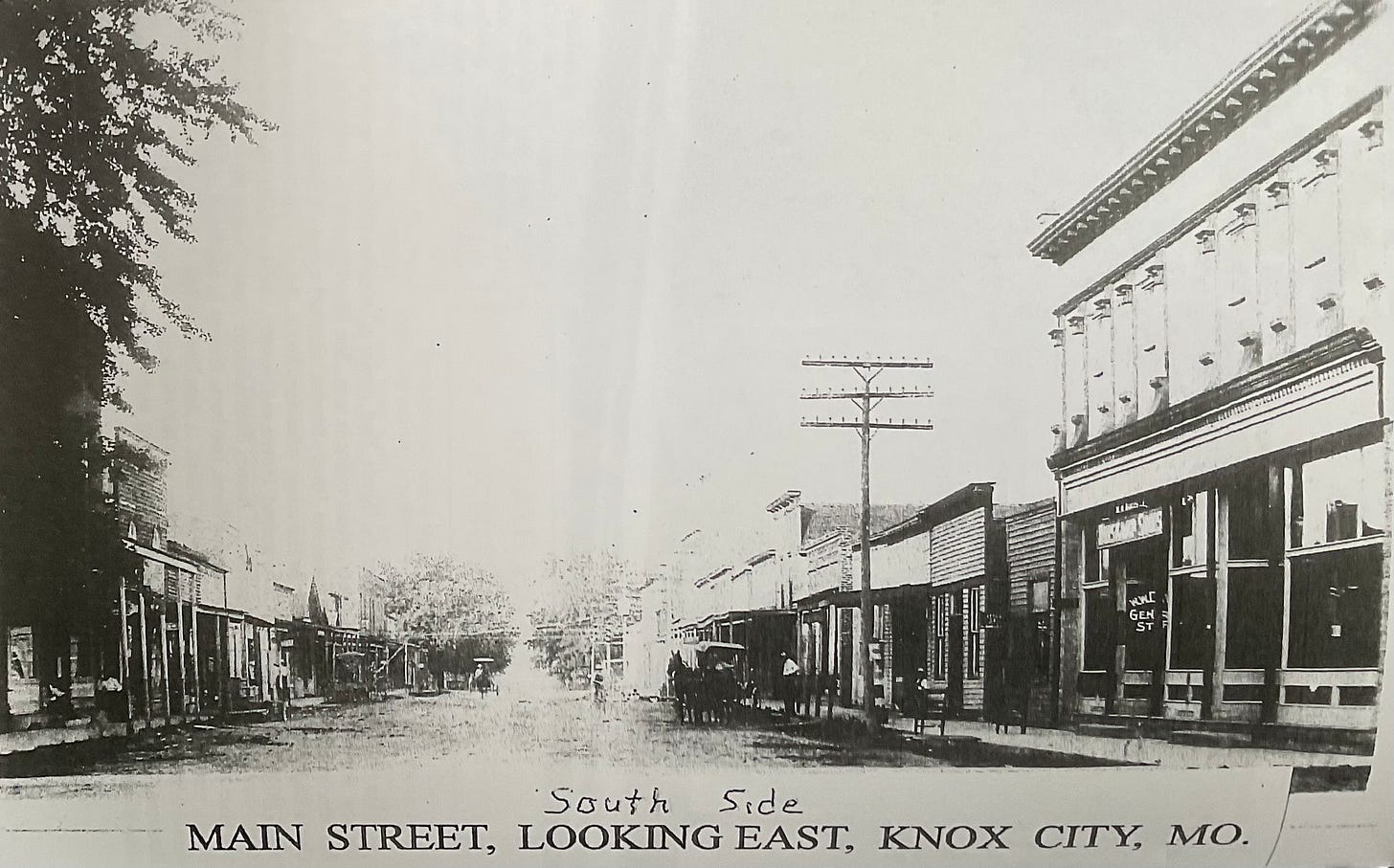


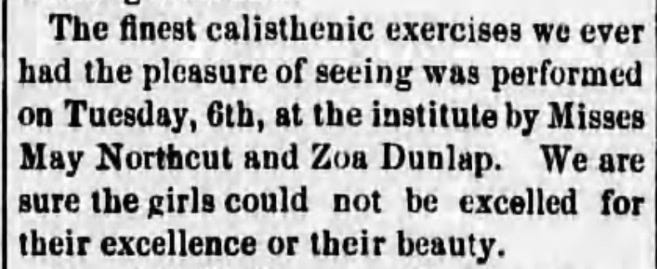

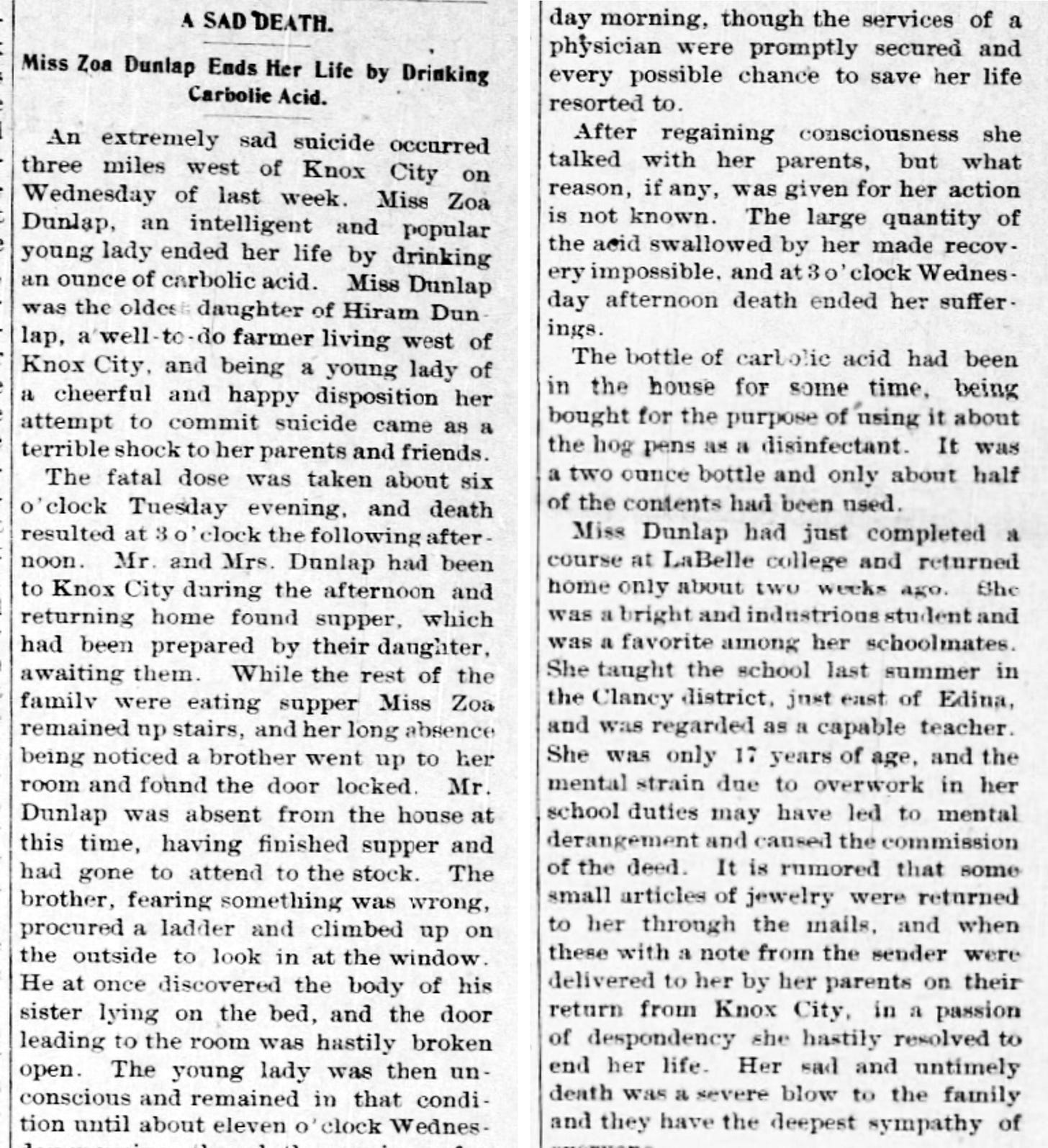

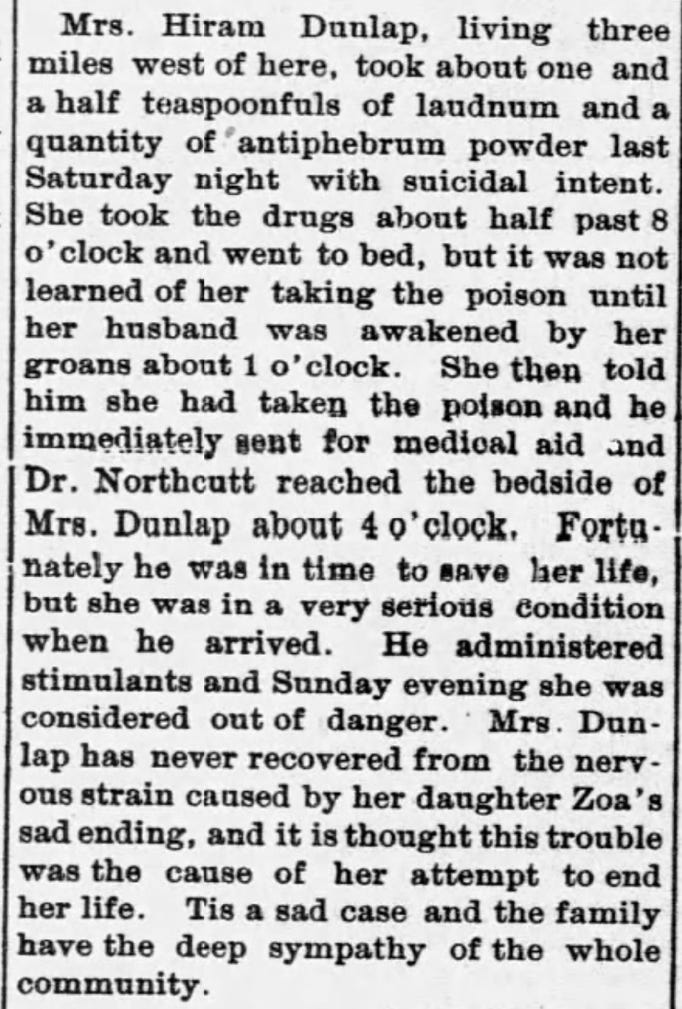


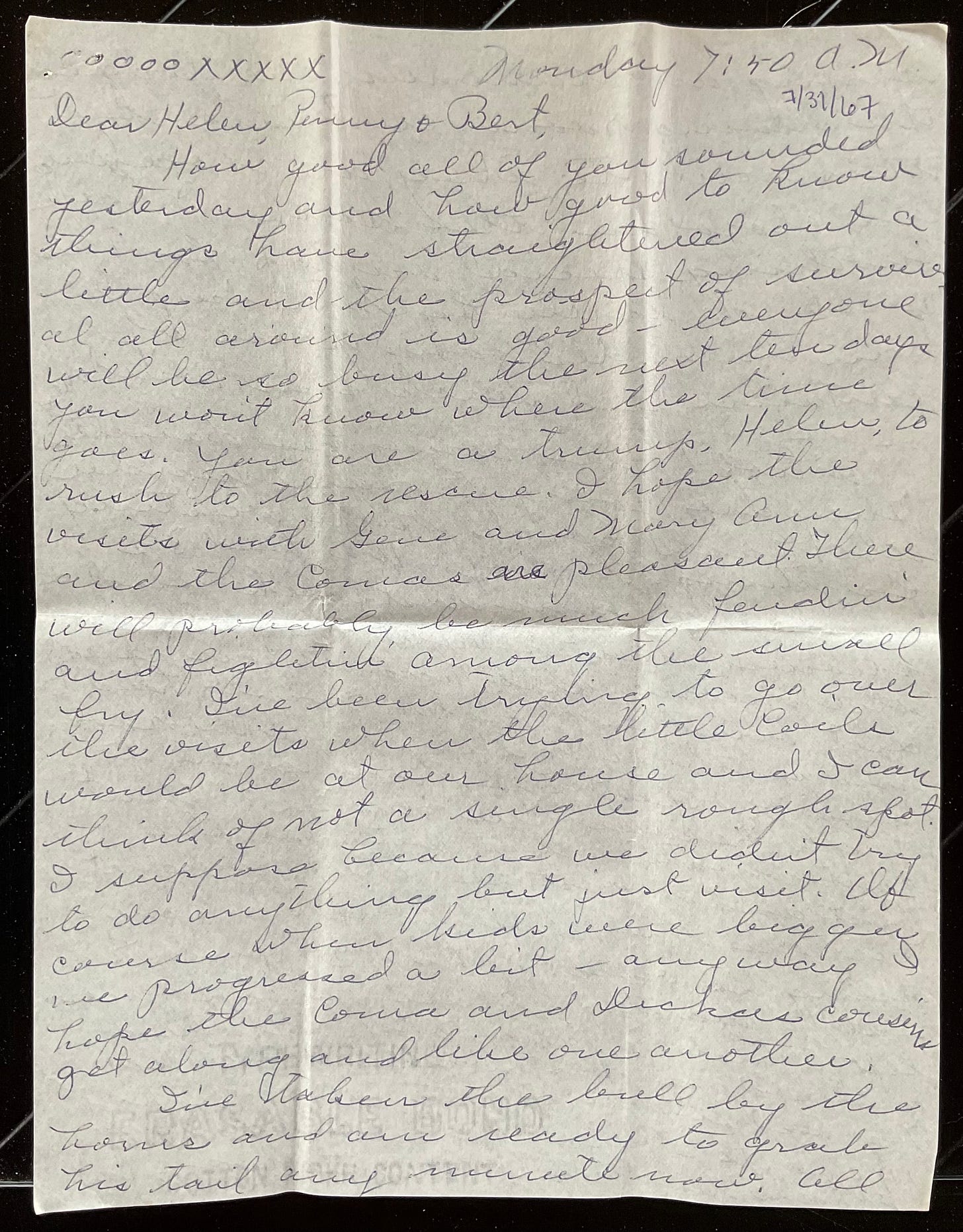
The dates go from October 3, 1886 to November 1887. Having difficulty with my scanner, hope to resume scanning shortly. I don't think it mentions living with grandparents, probably traveling with her father as he preached. Will forward them when I get them scanned. My original hope was it would tell of meeting Elwyn Reed Locke, but I didn't find his name when I first got this..many years ago.
What an amazing, but sad chapter you uncovered. I will get in my reference 'pile' to look at a small diary that was Mary Lydia Northcutt's and forward anything of note to you! Linda